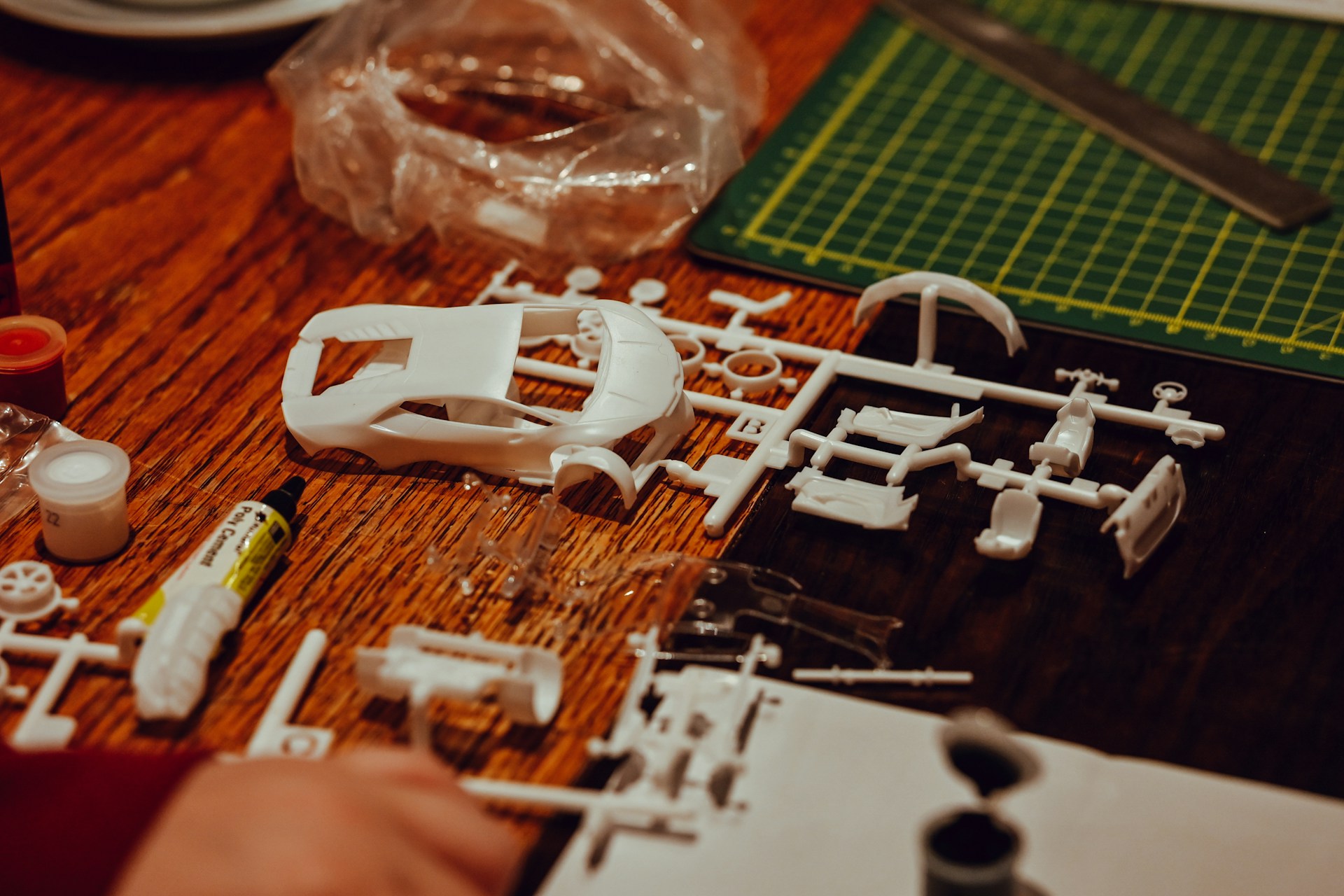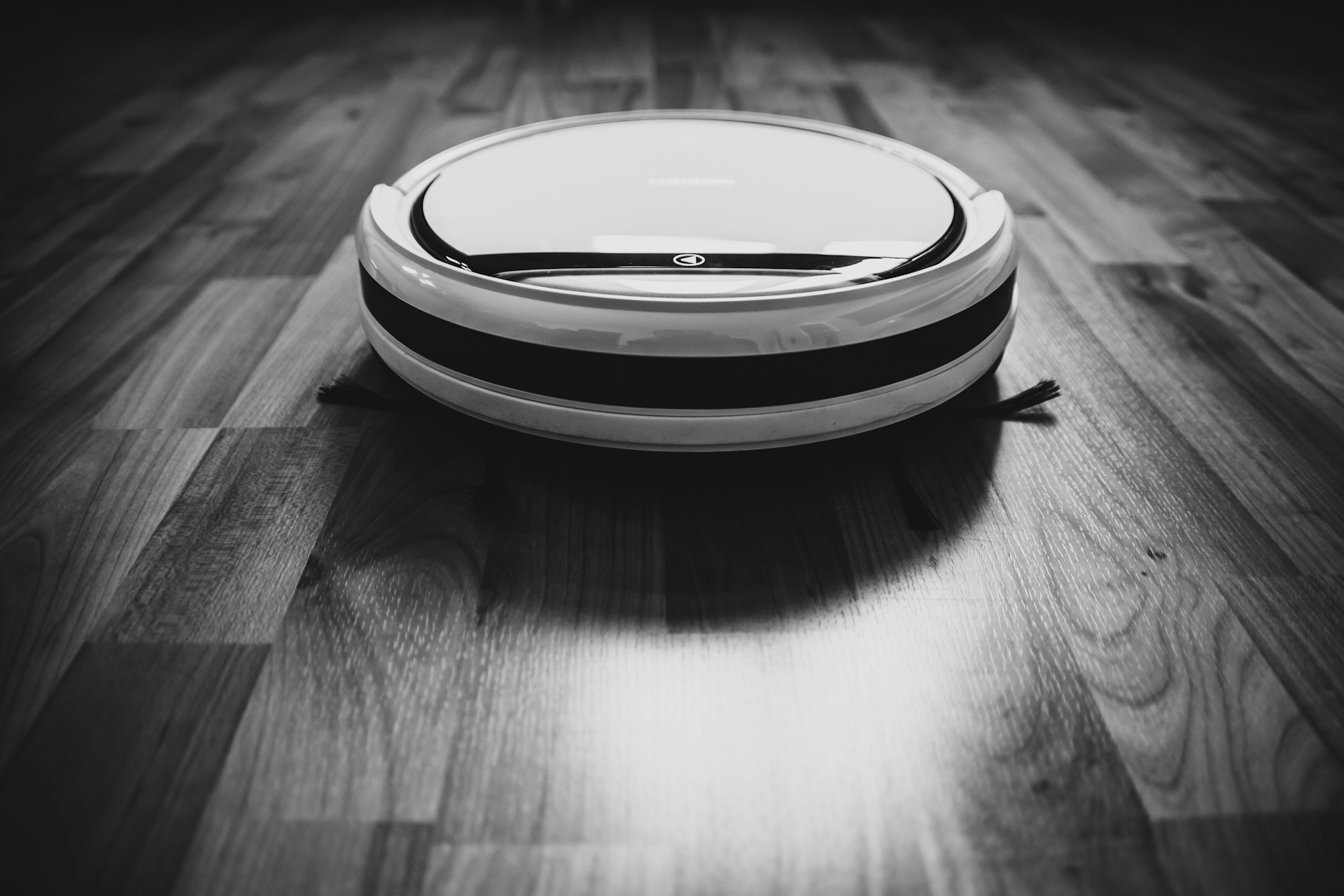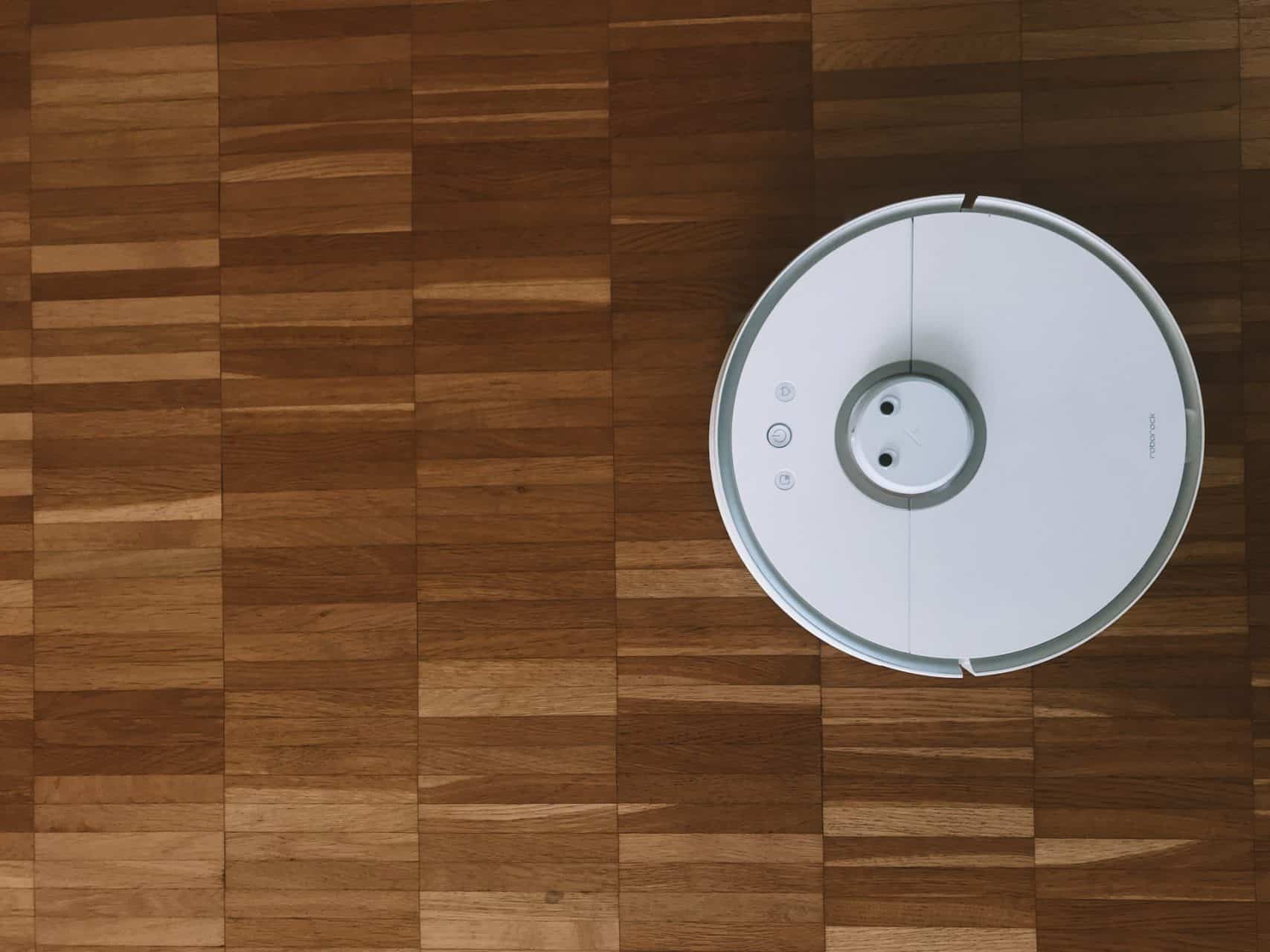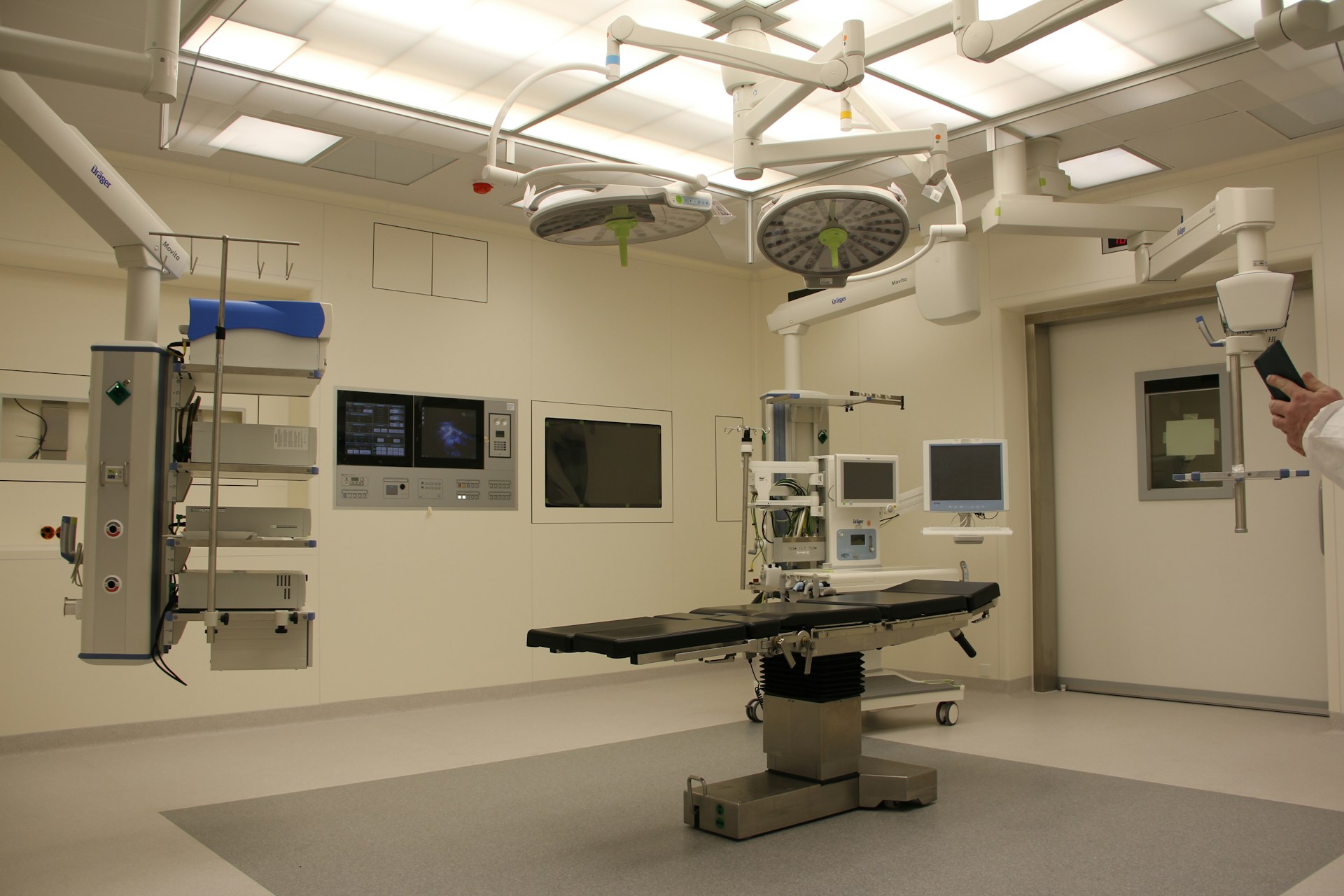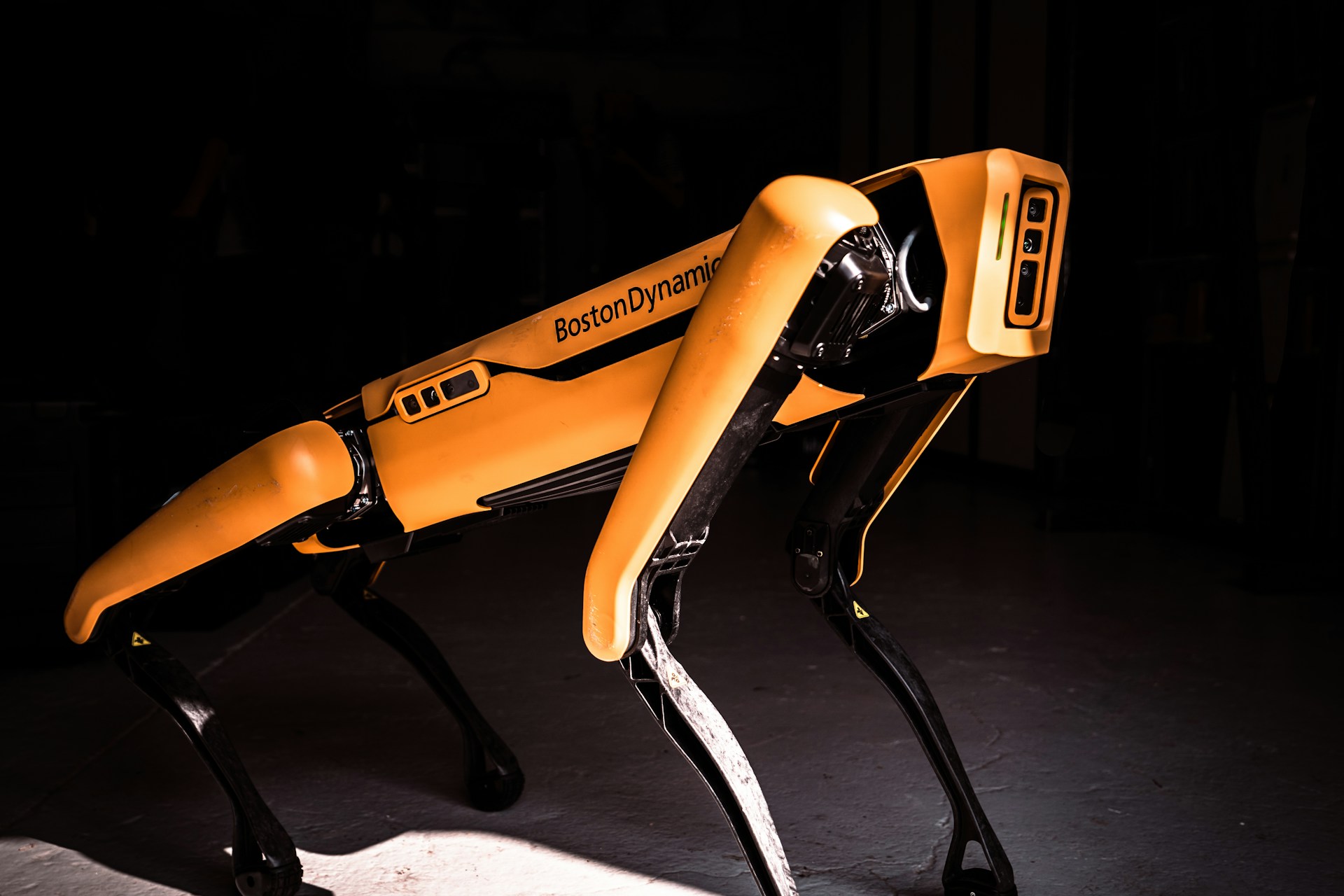
Security Robots Becoming More Popular: How Are They Used?
January 9, 2025 - Emily Newton
Revolutionized is reader-supported. When you buy through links on our site, we may earn an affiliate commission. Learn more here.
Many people jokingly wish they had more than one set of eyes because the extra body parts would allow them to see more places at once. Some individuals — especially those in decision-making positions — conclude that security robots could be the next best things. After all, these advanced machines are more widely available than they were not long ago. The increased accessibility has made more people curious about using them. What are some of the latest real-life applications?
Maintaining a Presence in High-Risk Areas
Many human security guards have relatively few direct interactions with people. That’s because individuals who might otherwise cause trouble see these professionals on their posts. They then decide the location is well-monitored enough to make it a poor place to carry out previously made plans.
Security robots can serve a similar purpose if those who see them perceive the machines as foes they would rather not cross. A popular grocery store chain in the United Kingdom recently deployed these machines. Representatives say these additions have prevented as many as 80% of intrusions and brought them to high-risk stores.
Besides flashing their lights, these machines talk to suspected criminals, telling them that store staff members know about the incidents and are on their way. Since those notifications happen less than a minute after potential problems are detected, they could help managers respond sooner than they otherwise could. Then, locations that previously developed reputations as easy targets may get labeled differently by potential targets.
Additionally, it is almost certainly not accidental that these security robots have high-decibel sirens and the yellow and blue checkerboard design seen on the U.K’s police cars. The hope is probably that people will see the robots and have unconscious fear — or at least unease — responses due to years of conditioning.
Moreover, many security robots automatically record what they see and hear. These machines can be useful if managers determine that calling the police is the best or only action they can take based on the circumstances.
Improving Situational Awareness With Security Robots
People who have been in emergencies know how quickly things can go wrong. However, the somewhat comforting thing about many of those urgent situations is that there are often key clues before the worst happens. Picking up on them early enough could make the difference between ongoing safety and disastrous complications. That reality explains why those organizing the Indianapolis 500 motor race chose security robots to assist.
The advanced machines had sensors to detect chemical gases and ran on a secured mesh communications network. That setup allowed event staff members to view real-time data and video feeds. These security robots did not need cellular towers to work. That made them an especially wise choice for this sports event that attracted more than 300,000 attendees. Massive gatherings may strain cell infrastructure, delaying messages or causing them never to arrive.
Such issues could become severely limiting in emergencies. That is especially true when those overseeing the incidents need to direct or update first responders. These security robots also had attached, weatherized charging systems that replenished their power sources without requiring the machines to temporarily go offline. It isn’t easy to maintain awareness of evolving situations at high-attendance events. However, these robots showed that specialty machines can be helpful partners for security professionals.
Keeping High-Profile Individuals Safe
Some golf courses in southeast Asia participated in a two-year trial that placed robots in customer service roles. For example, people might see them as they enter or leave, and the machines might help them check their scores.
It is still relatively rare to see robots in customer-facing roles. However, some applications use them slightly differently to keep unauthorized parties away. These robots may catch activities humans miss or collect data that allows security managers to determine it’s time to escalate their responses.
This option is especially appealing to beef up security at sites frequented by famous people. There is a long history of parties stalking or otherwise targeting celebrities. That reality has created the need for bodyguards, which are still widely needed in many settings. However, security robots can fill in gaps However, security robots can fill in gaps. One recent example came when the Mar-a-Lago Resort, a much-frequented residence of Donald Trump, began using a dog robot to patrol the grounds.
Additionally, Trump often invites famous guests to the property, highlighting another reason his security team may have decided it was time to supplement the force with robots. Since these machines typically capture data from slightly different perspectives than humans, they might pick up on strange aspects that people initially do not notice.
Monitoring Door Alarms to Enforce Security
Many people have had embarrassing moments where they push the handles on alarmed doors. They thought those entry and exit points were the unsecured kinds. However, the resultant loud noises and attention from security staff quickly show they made a mistake. These incidents are not always innocent, though. Individuals up to no good may try to use them for quick getaways, not initially seeing their alarms and warning signs.
City council members voted to lease a security robot placed in a Texas airport to monitor door alarms in a secure and nonpublic area. The airport’s director said the most efficient approach is to put the robot near the most-triggered doors. Once an alarm sounds, the robot’s cameras will check the ID badge and the identity of the person who set it off to see if they should be in the area. However, the director clarified that airport staff will not use the machine for surveillance.
Instead, this robot deployment will allow the staff who formerly watched those doors to move to different areas for other tasks, freeing up the workforce. An employee stationed at the airport’s command center will supervise the robot’s post and make the ultimate decisions about whether those who set off the alarms are authorized to be in that area.
Moreover, the robot’s presence in this secured area could naturally make people more alert to their surroundings, prompting them to remember they need to produce access badges to proceed rather than going through the secured door and realizing their mistake too late.
Is Now the Time for Security Robots?
These examples of recent deployments emphasize security robots’ growing popularity. However, some people still raise concerns about using them to bolster security workforces. For example, will these machines become data breach risks? Should individuals start to worry they are being watched wherever they go? Even though some leaders decide not to use these robots to monitor the public, others choose differently.
The important thing to remember is that there are no universally right answers. Those thinking about using security robots should weigh the pros and cons and get feedback from numerous affected parties. Those insights can help them make informed decisions and understand the most appropriate applications.
Revolutionized is reader-supported. When you buy through links on our site, we may earn an affiliate commission. Learn more here.
Author
Emily Newton
Emily Newton is a technology and industrial journalist and the Editor in Chief of Revolutionized. She manages the sites publishing schedule, SEO optimization and content strategy. Emily enjoys writing and researching articles about how technology is changing every industry. When she isn't working, Emily enjoys playing video games or curling up with a good book.
